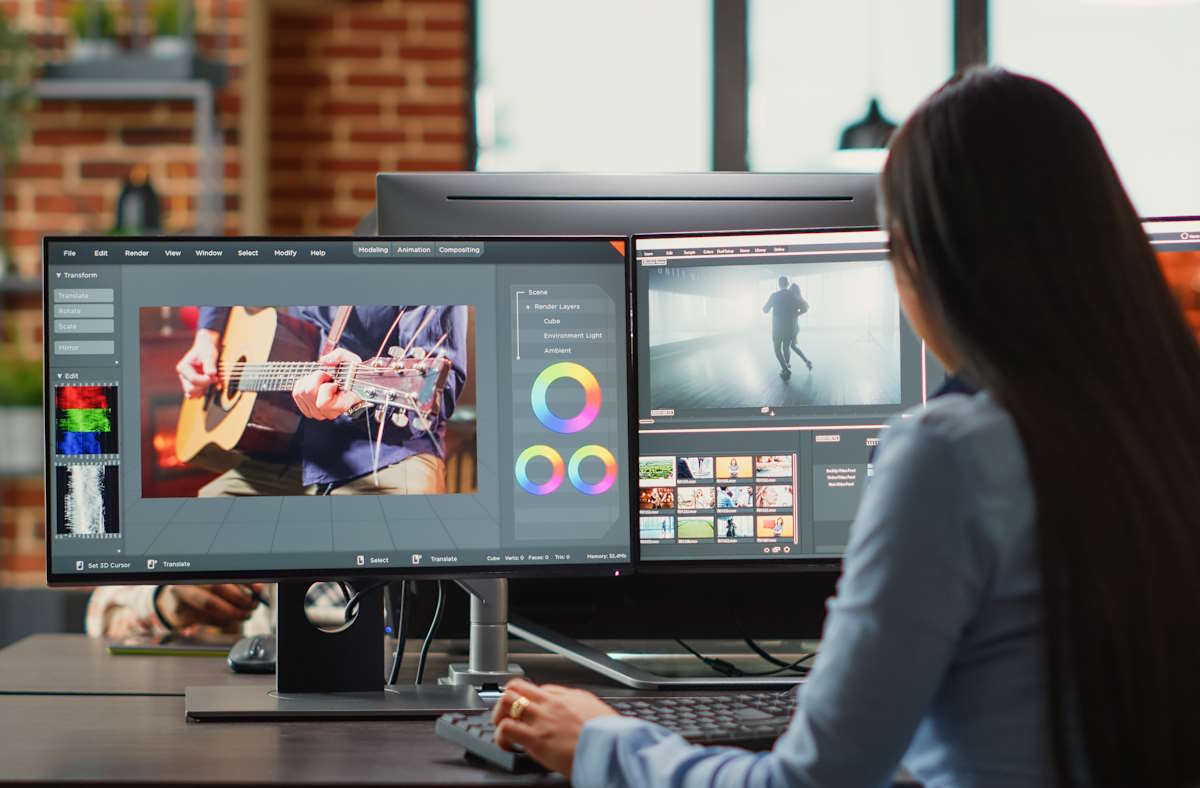SaaS videos can do more than just explain features. When done right, they guide prospects, support customers, and build your brand’s credibility. But too many videos fail to make an impact because they’re not planned with purpose. Poor structure, mixed messaging, or trying to say too much often leads to low engagement.
To avoid wasting time and budget, it’s important to follow a clear approach. Keep reading to learn proven practices that help you create SaaS videos that convert.

Start With A Clear Goal
Every video should serve a clearly defined goal. Are you aiming to increase sign-ups, reduce churn, or explain a key feature? Decide early what the goal is and keep it at the centre of your script and visuals.
A targeted goal helps shape everything, from tone to video length. Whether you want to boost demo requests or help users onboard faster, clarity from the beginning ensures measurable outcomes.
Tailor Content To The Buyer Journey
SaaS buyers aren’t all at the same stage. Some are only learning about your product, while others are almost ready to buy. Creating a single video to speak to everyone often fails.
Instead, design different types of videos to suit specific needs. An explainer video can educate new leads, while customer success stories work better for those comparing options. Even existing users can benefit from short walkthroughs or updated explainers.
If you’re based in the capital and need help developing different content types, Ideal Insight in London has experience producing videos for every stage of the marketing funnel.
Keep It Short And Sharp
People are busy, especially decision-makers in the SaaS space. If your video drags on or takes too long to get to the point, they’ll stop watching. Aim to grab attention in the first 8 seconds.
Short videos tend to perform better across platforms. For general overviews, 60 to 90 seconds is often ideal. For product tours or FAQs, stick to one topic per clip and avoid trying to cram everything into one video.
Show, Don’t Just Tell
Telling people your product is easy to use means little unless you show it in action. Use screen recordings, animations, or real user flows to demonstrate how things work. If someone sees your product solving a problem live, they’re more likely to believe in its value. Visual proof is often more convincing than any sales pitch.
Animation also helps simplify abstract features. By turning complex steps into visual stories, you reduce confusion and speed up understanding.
Highlight Real Problems And Solutions
Start your video by showing you understand the viewer’s challenge. Frame the issue clearly, then walk them through how your software resolves it.
This is about connecting to a pain point and proving you’ve solved it for others like them. When viewers feel seen and understood, they’re more likely to trust your message. It also helps you to avoid sounding generic or rehearsed. Focus on one real problem and match it to a clear, visual solution.
Use Storytelling To Humanize Your Brand
Software can feel cold and technical, but storytelling brings emotion into the message. Whether you tell a client’s success story or show a relatable scenario, it gives your brand a human face.
Even a short journey from problem to solution can hook attention. It doesn’t have to be dramatic, but make it simple and real. The goal is to help viewers see themselves in the story. If they do, your product feels like a natural next step.
Include A Strong Call-To-Action
Never end a video without a clear next step. Whether it’s signing up for a free trial, booking a demo, or watching another video, tell the viewer exactly what to do.
Use visual cues like on-screen buttons, voiceover prompts, or text overlays to guide the action. Keep it simple and make sure the CTA matches the video’s goal. A great video without direction can still miss the mark if viewers don’t know what to do next.
Optimise For Mobile And Silent Viewing
Today, most video content is viewed on mobile, and many people watch without sound, especially on social media. If your message depends solely on audio, it could be missed entirely.
To make sure your video still gets the message across, add captions and use bold text overlays to highlight key points. Ensure that important visuals are easy to read on smaller screens, and always test your video on multiple devices before publishing.
By planning for mobile and silent viewing, your content becomes clearer, more accessible, and more likely to make an impact wherever it’s watched.
Brand It Consistently
SaaS buyers may not remember the full message, but they’ll remember your visual style. Keep your brand colours, fonts, tone, and logo consistent across all videos.
This builds familiarity over time so that if someone sees one of your videos on LinkedIn and another on YouTube, they should immediately know it’s from the same company. Good branding also shows professionalism and signals that your company takes its product and content seriously.
Test, Analyze, And Refine
A video rarely gets everything right the first time. Thus, it’s important to monitor metrics like view rate, average watch time, and click-through rate to see what’s working and what needs improvement.
If viewers drop off after the first 20 seconds, take a closer look at your opening. If your call to action isn’t getting clicks, try changing its wording or where it appears. A/B testing can also help you compare different versions to see which performs best.
The more you track and learn, the better you can shape your content around what your audience actually cares about. Think of video creation as a continuous process, not a one-time task.
Final Word
Creating video content that works takes more than a camera and a script. It’s about being intentional, from defining goals to testing performance. When you match video style to purpose, tell meaningful stories, and guide viewers clearly, you build trust, action, and long-term users.